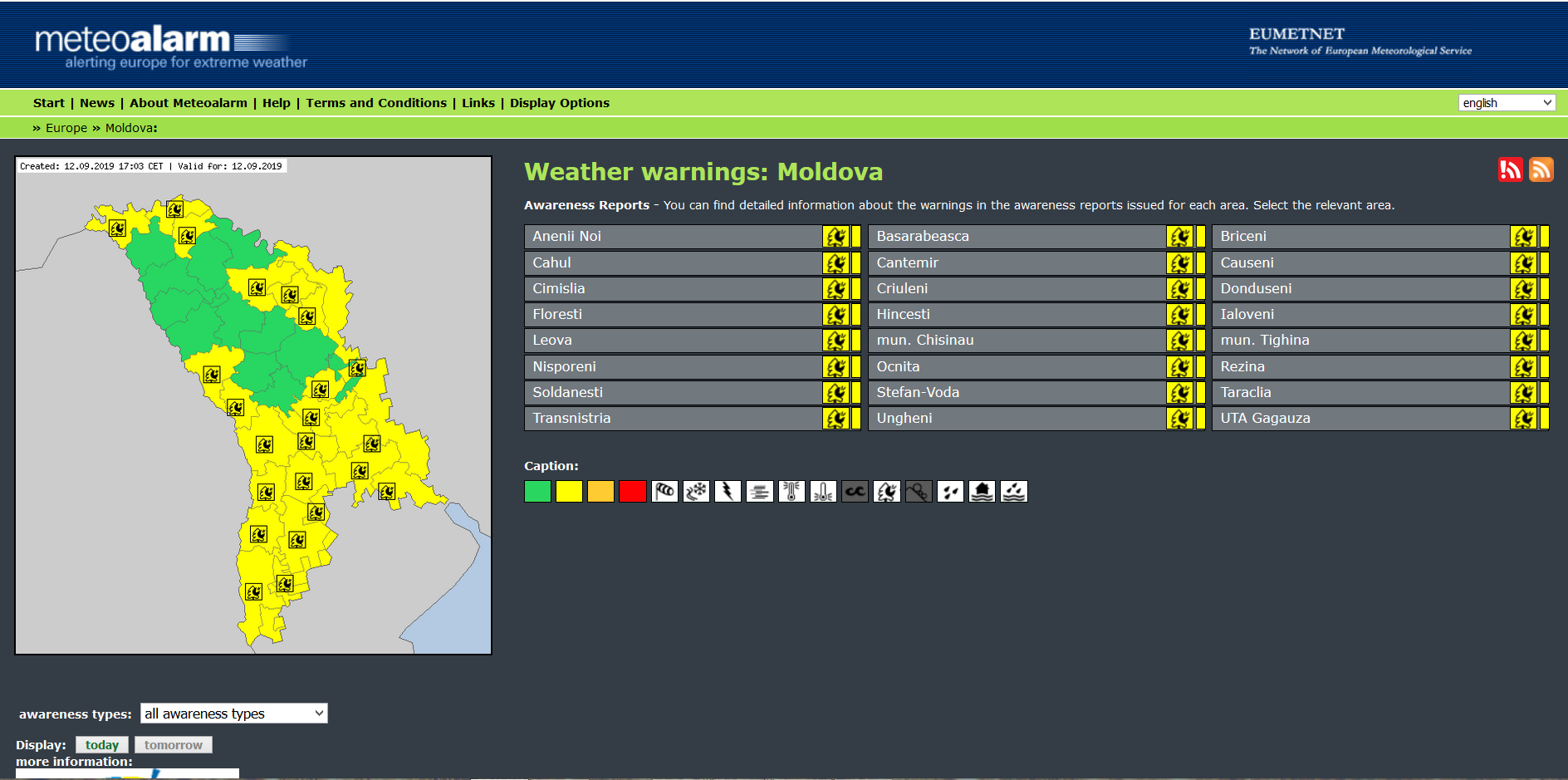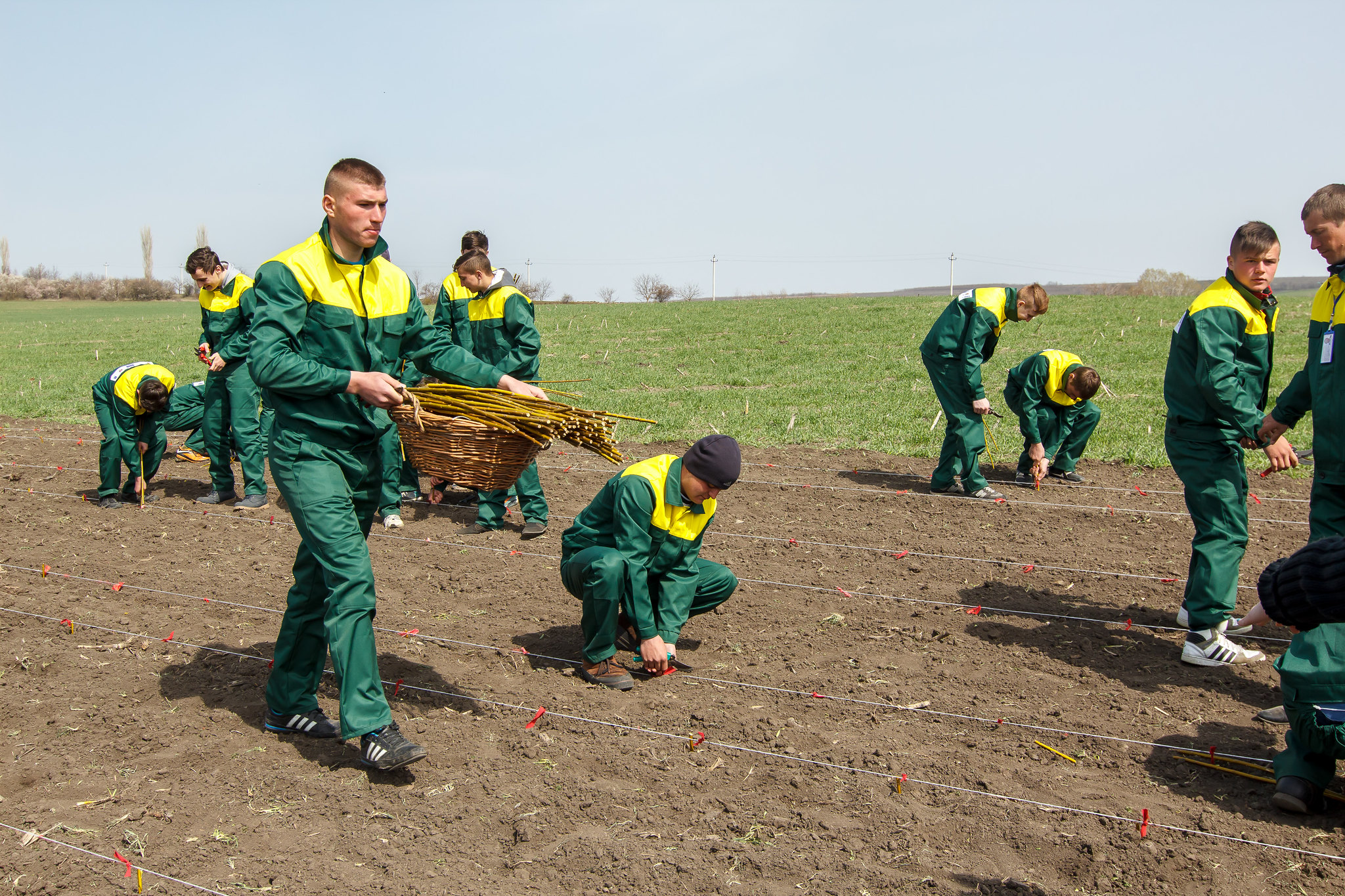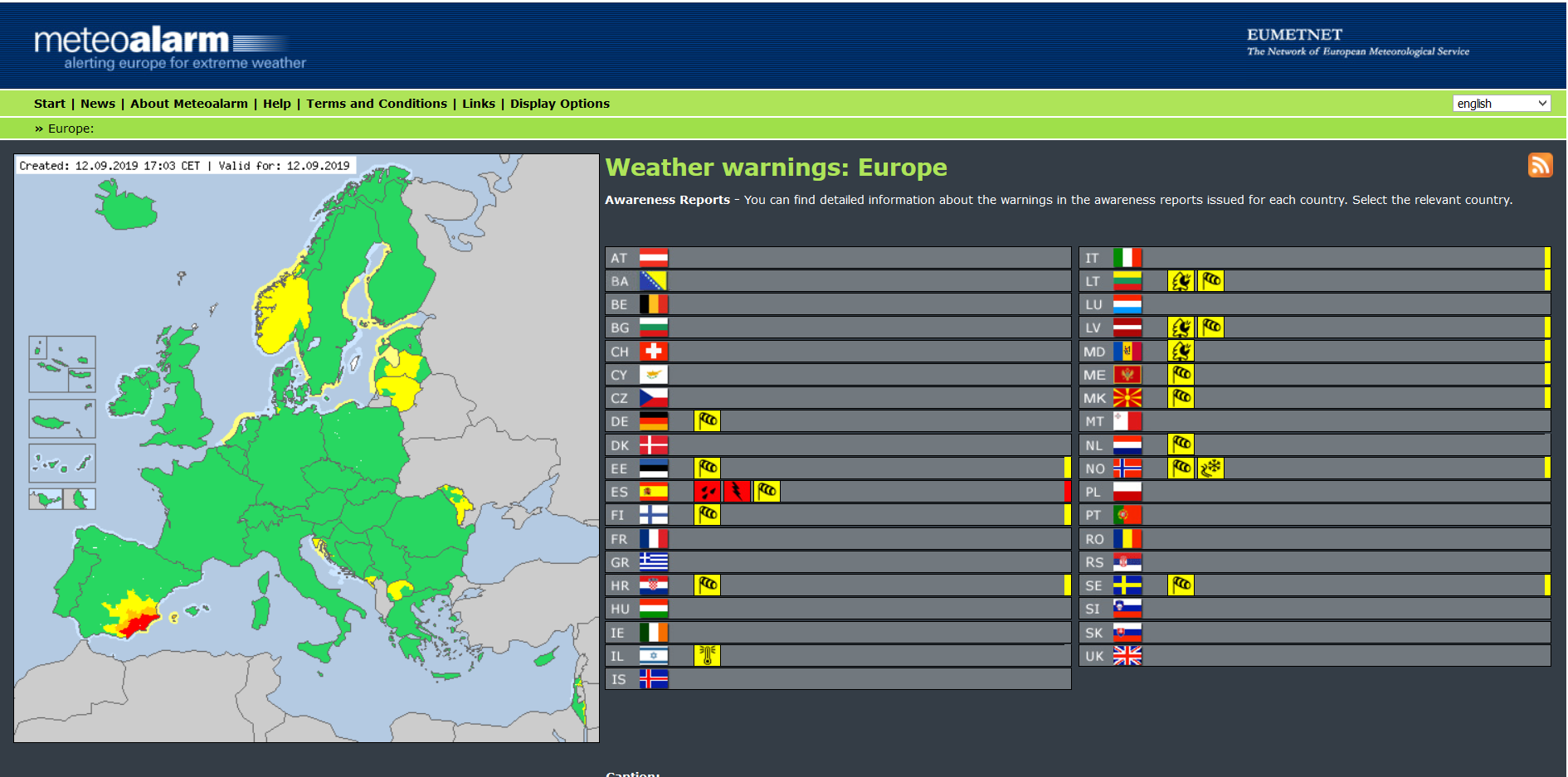Over the last 132 years of measurement, the average temperature in the Republic of Moldova increased by more than 1.2°C. The natural disasters induced by climate change, such as frosts, hail and droughts, happen more and more frequently and regularly. They generate annual economic losses of over $US 120 million or about 2% of the Gross Domestic Product.
The current mitigation policies are not enough to keep the global warming in the Paris Agreement target of 2°C compared to the pre-industrial level, not to speak of 1.5°C, in a more optimistic scenario. Keeping the current trend would result in about 3.3°C. And if no action is taken, the global warming is expected to reach 4.8°C at the end of the century.
The environment and climate change have been recognized as one of the development priorities in country’s strategic planning framework, highlighting the need for actions of all – Government, private companies, people – to ensure a safe and healthy environment. According to the Low Emissions Development Strategy (LEDS) until 2030 the country intends to achieve an economy-wide unconditional target of reducing its greenhouse gas emissions by up to 67 per cent below its 1990 level. The commitment could be raised to 78 per cent, if granted access to low-cost external financial support, technology transfer and technical cooperation.
The first National Determined Contributions or NDC can be achieved by implementing 22 NAMAs, meaning Nationally Appropriate Mitigation Actions. 12 of these 22 actions were communicated as part of the United Nations Framework Convention on Climate Change (UNFCCC), ratified by Moldova in 1995, and were registered as seeking support for implementation.
As in Moldova over 68% of the total national GHG emissions are generated by the energy sector, five of the NAMAs relate directly to the energy sector and have a total potential to reduce about 730 kt CO2 emissions. Among them are:
- construction of 40 small scale combined heat and power plants (CHP) with a total capacity of 20 MW;
- the installation of over 13 thousand heat pumps, which would reduce by about 37% the annual energy consumption;
- cultivation of energy willow as a biofuel on an area of 20 thousand ha, which will reduce by 3.55% the annual demand for fossil fuels;
- switching to energy efficient lighting, which would generate annual savings of 64 million euros;
- installation of over 316 thousand solar panels for water heating, which would generate savings of 32 mil m3 of natural gas and 146 mil kW/year.
The EU-UNDP Moldova Energy and Biomass Project with the support of the Ministry of Education encouraged three Moldovan vocational schools to introduce a new course “Energy Plants – a Source of Renewable Energy” in Orhei and Floresti in the 2015-2016 academic year and thereby to respond to the demand of new kind of professionals in the energy sector.
All NAMAs were developed with the support of the EU financed and UNDP implemented “Low Emissions Capacity Building Programme”. To note, a National Monitoring and Reporting System (NMRS) for GHG emissions was also developed and approved. It is important to have one in order to have a comprehensive information on the GHG evolutions and transparently report to UNFCCC.
We at UNDP are putting climate change mitigation and adaptation at the core of country’s long-term development. That is why a climate change coordination mechanism for adaptation was developed and two sectoral adaptation strategies (for health and forestry sectors) were drafted through “Supporting Moldova’s National Climate Change Adaptation Planning Process” Project and Moldova has joined the European system of weather alerts, www.meteoalarm.eu, being one of few non-EU country to successfully implemented this system.
With the support of recently launched EU4Climate project, Moldova is going to set new, more ambitious NDC. EU-funded and UNDP-implemented EU4Climate project will help improve legal and policy frameworks, strengthen institutional capacities and improve coordination mechanisms. UNDP will also support (through Green Climate Fund for the second National Adaptation Plan - GCF NAP2 Project) to consider climate adaptation in forest, water, energy, health and transport sectors, improve national institutions capacities, coordination mechanisms, etc. Also, there are some investment/demonstrative projects related to adaptation infrastructure in water sector are developed, such as small-scale reservoirs for irrigation in rural areas.
Some of the approaches used while implementing the Low Emissions Capacity Building Programme in the Republic of Moldova can be replicated in other countries or regions. It is important to have a continuity between the already implemented projects and those launched as a follow-up. As well, it is important to raise the awareness of the urgency to act at local, national and global level, along with the strengthening of the institutional capacities of the institutions involved.
Although the Republic of Moldova is a small economy in transition with apparently tiny historical contribution to the global warming, the support of the international community is crucial for the implementation of prioritized NAMAs and achieving its ambitious targets for reducing greenhouse gas emissions, respectively for its further increasing of the climate resilience through effective adaptation activities.

 Locations
Locations




